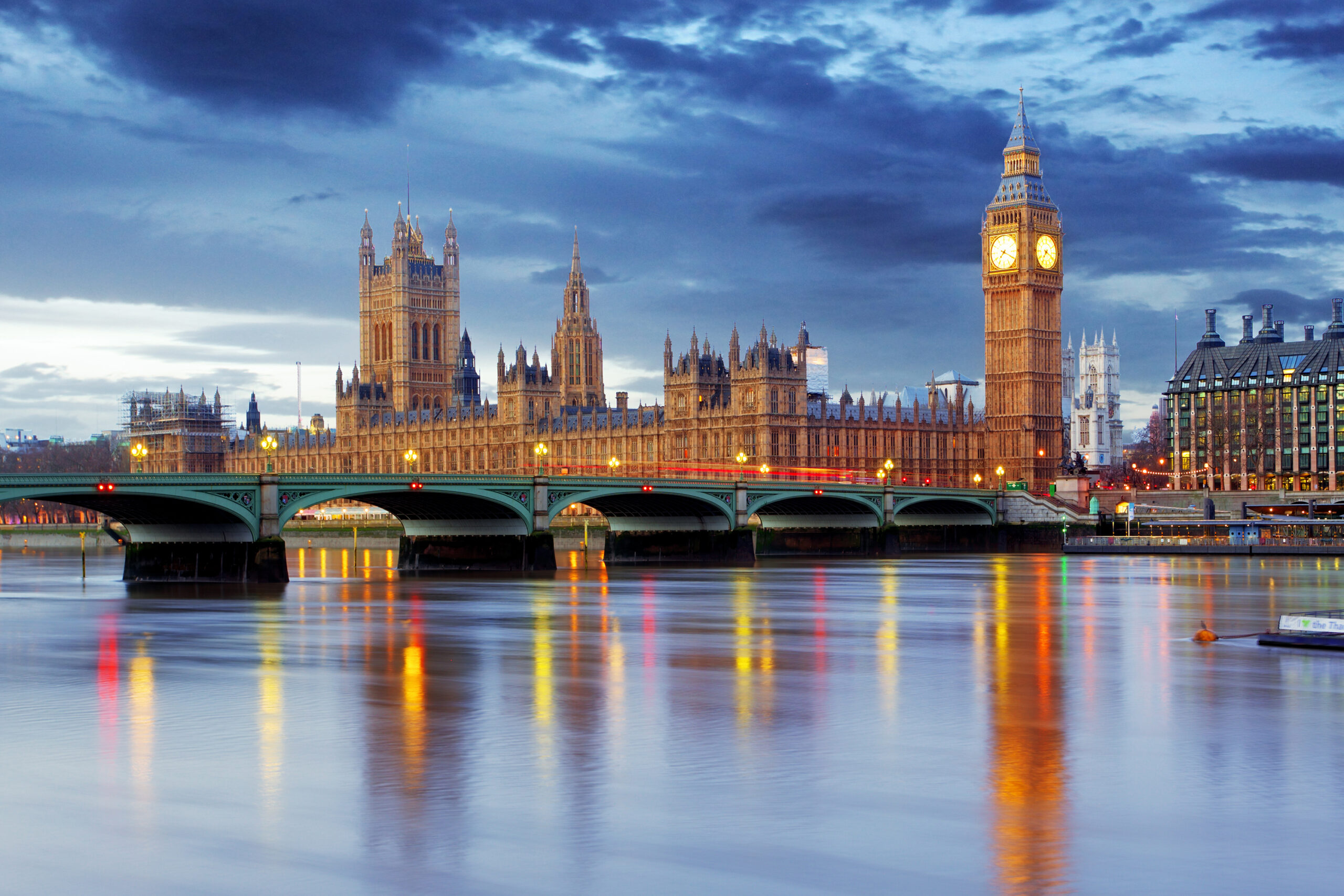As 2021 comes to an end, we can start to think about what to expect in 2022 across our public affairs activity. There will be challenges that we need to think about now.
Of course, many of the challenges we need to think about will be jurisdiction specific – elections, by-elections, a Queen’s Speech (or equivalent) etc. But there will be others that are relevant to the profession as a whole.
We could spend time thinking, particularly, about Covid but it is not clear exactly what continued impact that will have on health, economies, communities or for our ability to travel. The general approach must be to expect continued disruption and to have to continue to live with online engagement.
But what else can we expect in 2022? What should we be planning for?
1) Government intervention– this is top of the pile. The government continues to be muscular in its approach. Surprisingly for a right of centre, free market government, it believes wholeheartedly in the power of the state. In the past, there seemed to be more of an emphasis on light touch regulation, but the heavy hand of the state is more in force. What does that mean for us? Engagement is key. Early and often discussions with officials and a good network of contacts across all parts of government will help to avoid potential mistakes.
2) Few will escape– an increased level of political risk should be considered by a range of sectors. We can look at government statements and policy papers alongside reports (independently conducted or otherwise). But also look at what is being said in the media as well. This is a combination of formal and informal channels which should be used to build out a risk assessment. So, it is clear that across energy, football, financial services, social media, and health, to name but a few, the government will be making changes.
3) Don’t forget the wider developments– there are also promised a number of policy changes whose impact will be felt across sectors. There is judicial review, post Brexit trade agreements, data issues, and climate change all of which will impact on a lot of organisations. So, we all need to adopt that wider view of government rather than thinking too narrowly about our own sector.
4) Strained relations between business groups and government– whether we like it or not, Brexit strained relations between business groups and government. Both sides have made great efforts to try to repair the damage, but it was noticeable that in the recent issues regarding the supply chain bottlenecks (HGV drivers etc) that the government feel back on blaming business for not being prepared and having failed to invest. This is an unusual approach for a government that claims to be pro-business. In the event of tricky headlines, we could well see more of the government looking to blame sectors, rather than itself, for perceived failings. In our public affairs activity, this could impact on who we work with in our engagement and who we develop potential strategic alliances with. The reaction of government needs to be considered.
5) The impact of political personalities– the Chancellor vs the PM is always one of the great political narratives but in 2022, this could have an even greater impact than usual, especially if economic growth is less strong than anticipated. The level of government spending is one obvious impact, along with rates of taxation, but what we in public affairs often need to consider are the ramifications and impacts. Certainly, it’s about the policy environment but what about the real-life implications for our organisation? Is there more expected of us? Does it kill off or reduce an income stream? Does that impact on what or how we deliver (even with potentially higher expectations)? Does it increase our public, political or media profile?
With all that in mind, we can look forward to 2022.

